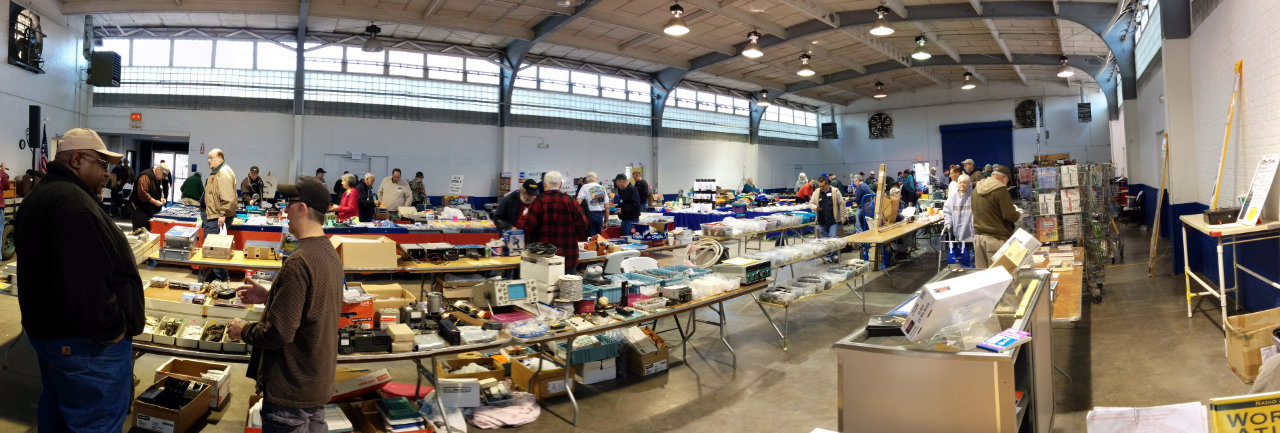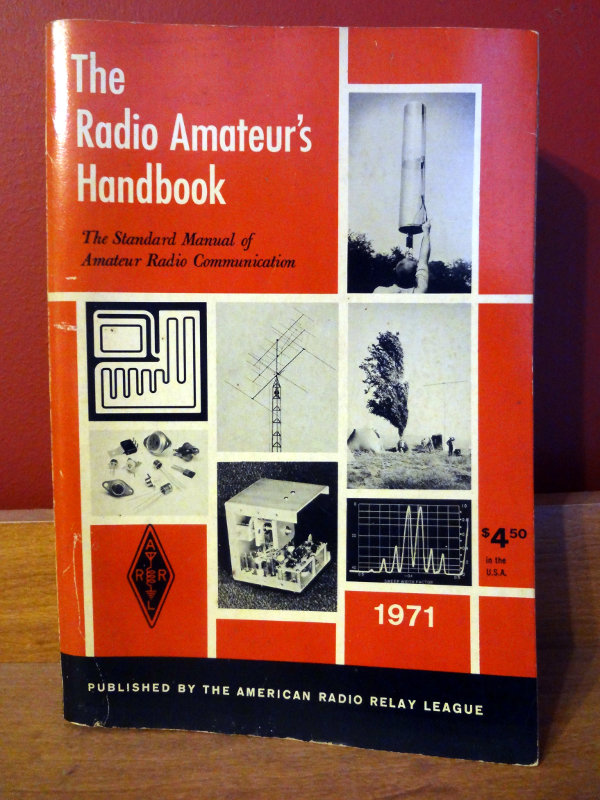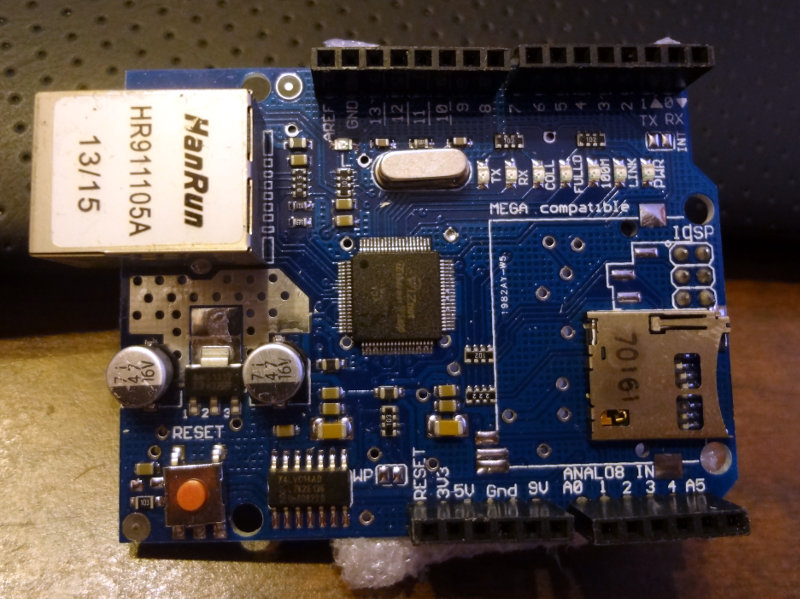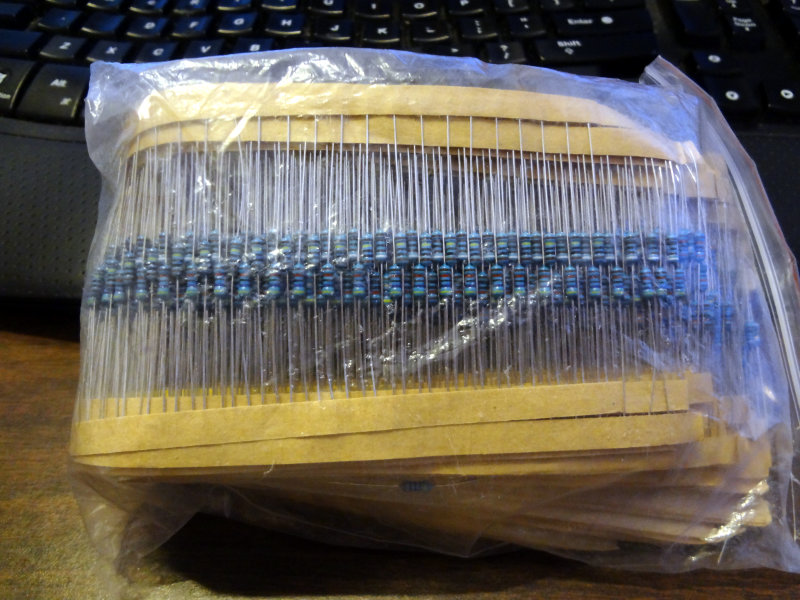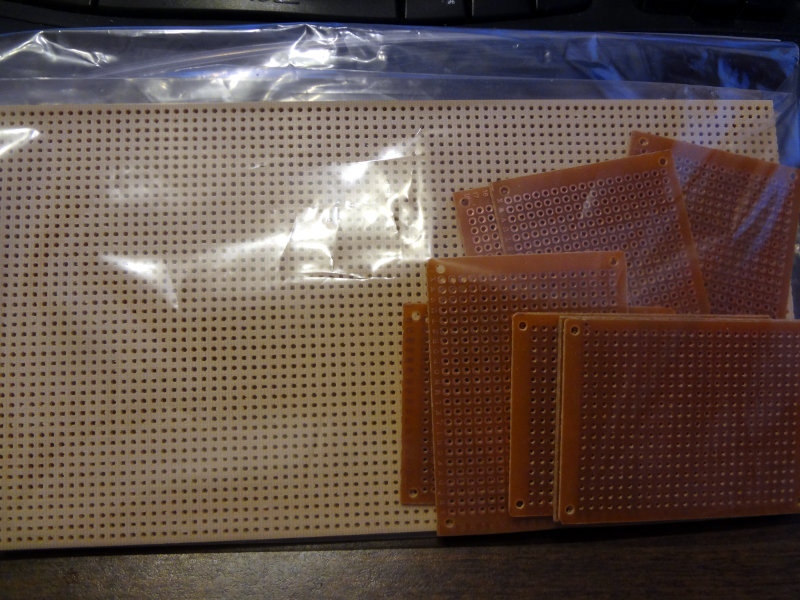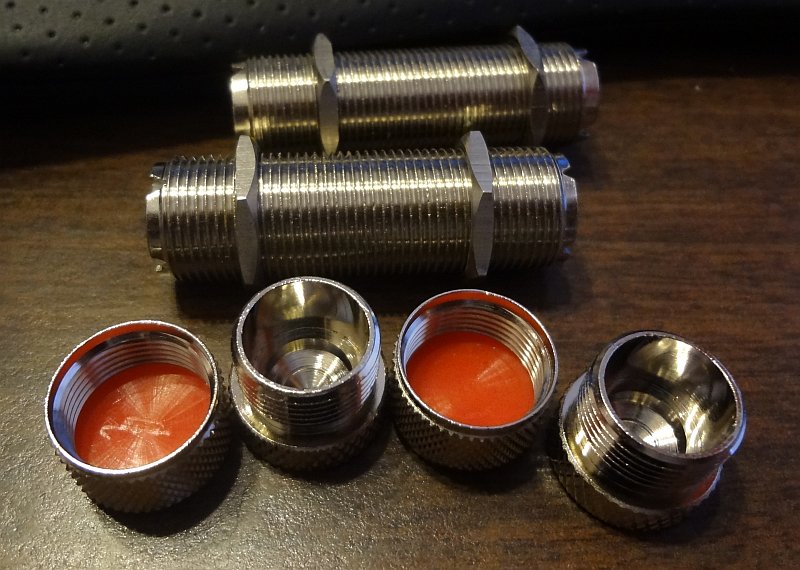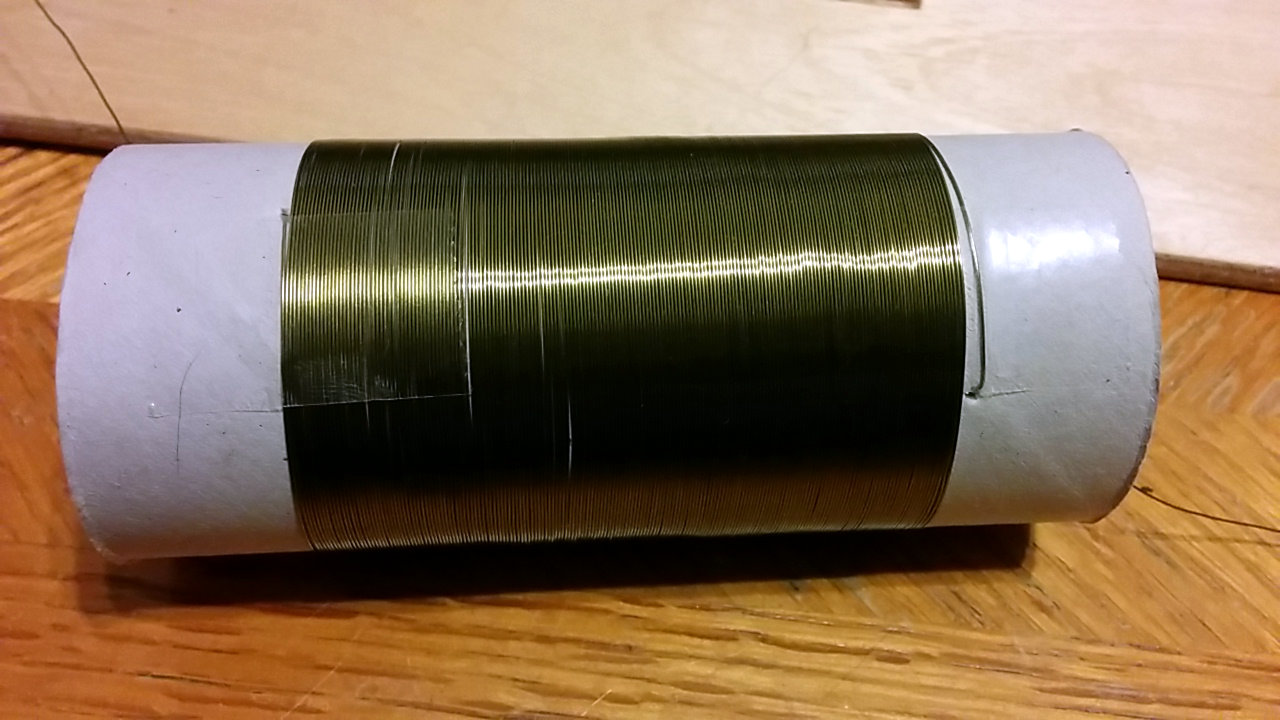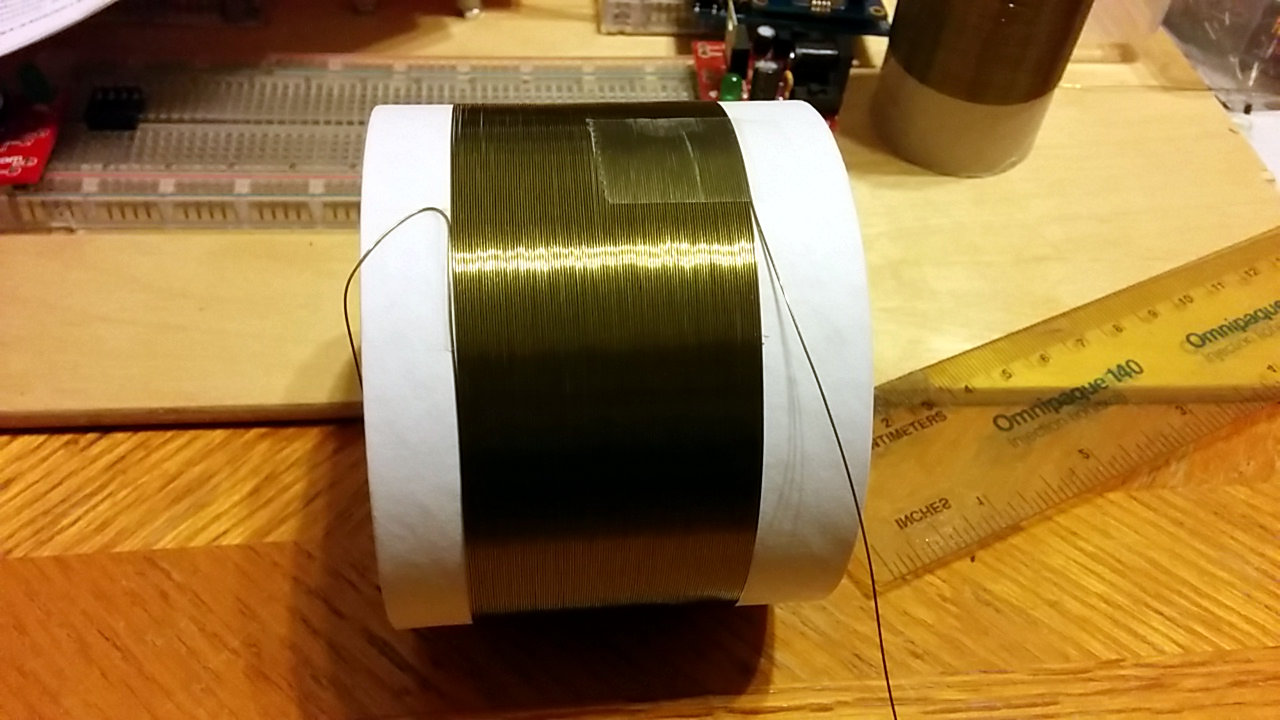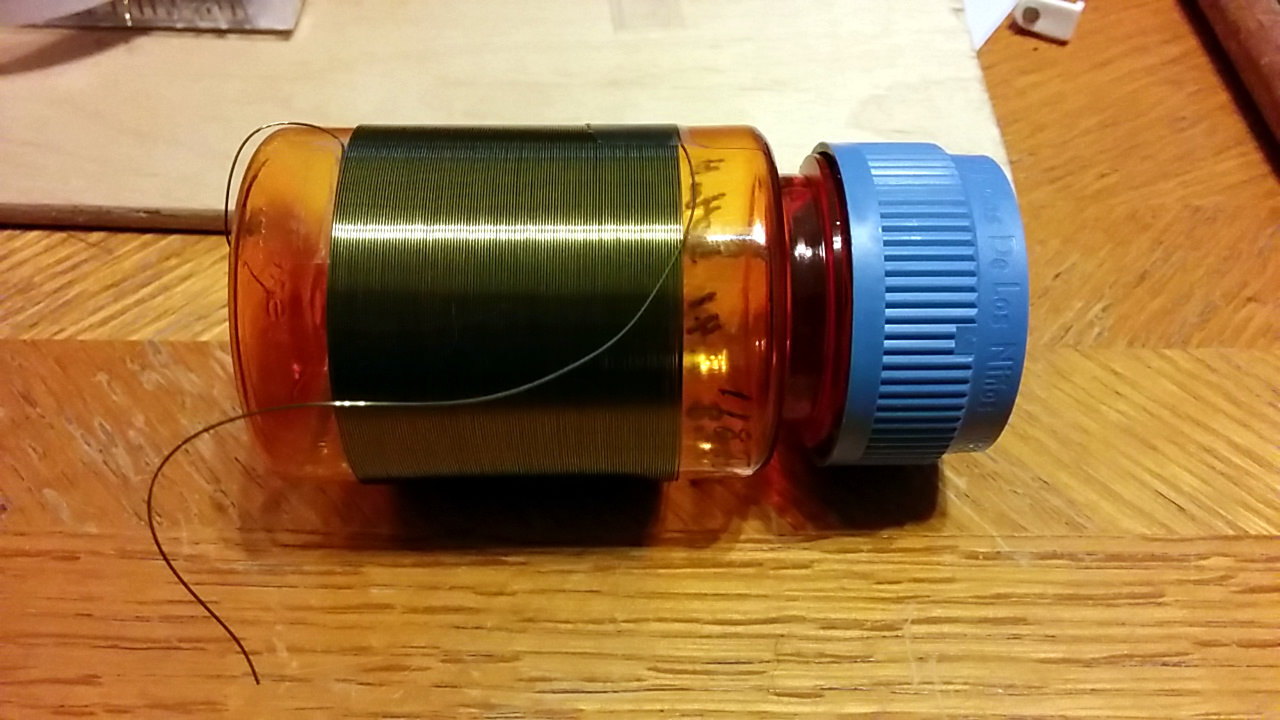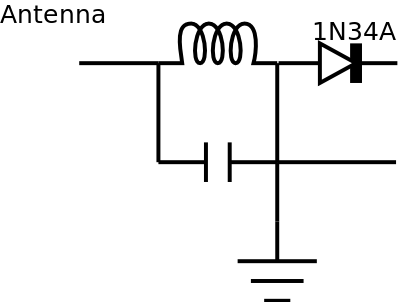Had another good time at the Charleston Hamfest today. There were a lot more vendors (including in the tailgate area) this year than last year. The day got off to a bit of a cool and frosty start, but warmed up nicely. Good sized crowd of people attending the hamfest. Here are the early birds. Even shortly after 8 there were a fair number of people browsing around the tables.
Started off the day picking up a couple of items off the Free Stuff table: a 1971 edition of the Radio Amateur’s Handbook, and a CueCat.
I’m looking forward to going through the 1971 handbook. I think it will be cool to see what amateur radio was like when I was 1 year old.
I remember CueCats from my Apple //e days and always thought it would be cool to have one. Should be fun to play with this.
Browsing around the hamfest, I picked up an Ethernet shield, a big bag of resistors and some perfboard to mess around with.
The Ethernet shield will fit in nicely with the growing collection.
A big bag of 1/4 watt 1% tolerance resistors. I should be set for resistors for a good long time.
2 large plain perfboards, and 8 prototyping boards with solder pads. I like using the perfboard for quick prototyping and experimenting with circuits.
I was also able to find most of the things I’ll need to build a window pass-thru block for the antenna.
Two 3 inch SO-239 bulkhead connectors and some screw-on caps for the cable ends.
There were a lot of other things I wish I could have picked up too (isn’t that always the case?), but I’m pretty pleased with what I got today.
To top things off, I won one of the door prizes being given out too, a $50 ARRL gift certificate. Not sure what I’ll get with it, but it will be something good.
The VE testing session at the hamfest went very well. There were 16 people taking tests today, 9 of whom were taking the Tech (Element 2) test. Everybody left with either a new license or an upgrade, so very successful on all accounts.
